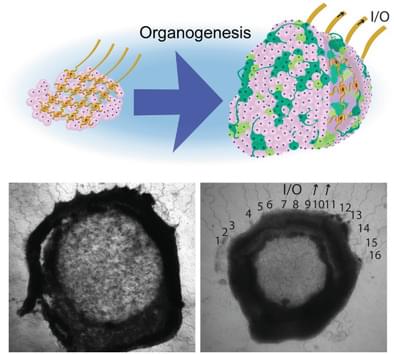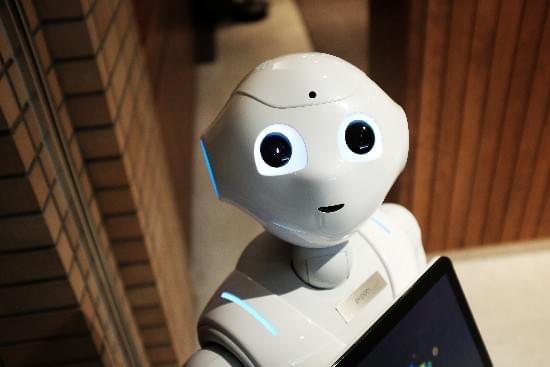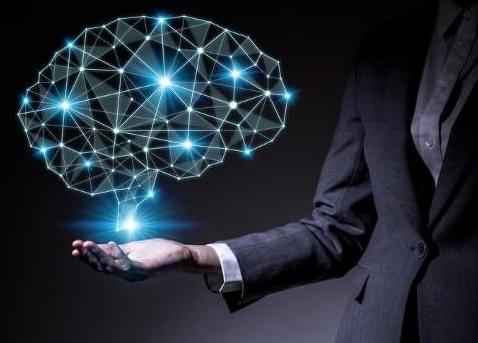Feb 15, 2022
Stretchable Mesh Nanoelectronics for 3D Single‐Cell Chronic Electrophysiology from Developing Brain Organoids
Posted by Nicholi Avery in categories: biotech/medical, cyborgs, evolution, neuroscience
There is a cyborg organoid platform developed by integrating “tissue-like” stretchable mesh nanoelectronics with 2D stem cell sheets. Leveraging the 2D-to-3D reconfiguration during organoid development, 2D stem cell sheets fold and embed stretchable mesh nanoelectronics with electrodes throughout the entire 3D organoid. The embedded electronics can then enable continuous electrical recording.
Scientists design stretchable mesh nanoelectronics, mimicking the mechanical and structural properties of brain organoids to build cyborg human brain organoids.
Using the 3D embedded stretchable electrodes, achieved reliable long-term electrical recording of the same hiPSC-derived neural tissue at single-cell, millisecond spatiotemporal resolution for 6 months, revealing the evolution of the tissue-wide single-cell electrophysiology over hiPSC-derived neuron development. Applying this technology to brain organoids at early developmental stages, they traced the gradually emerging single-cell action potentials and network activities.


















